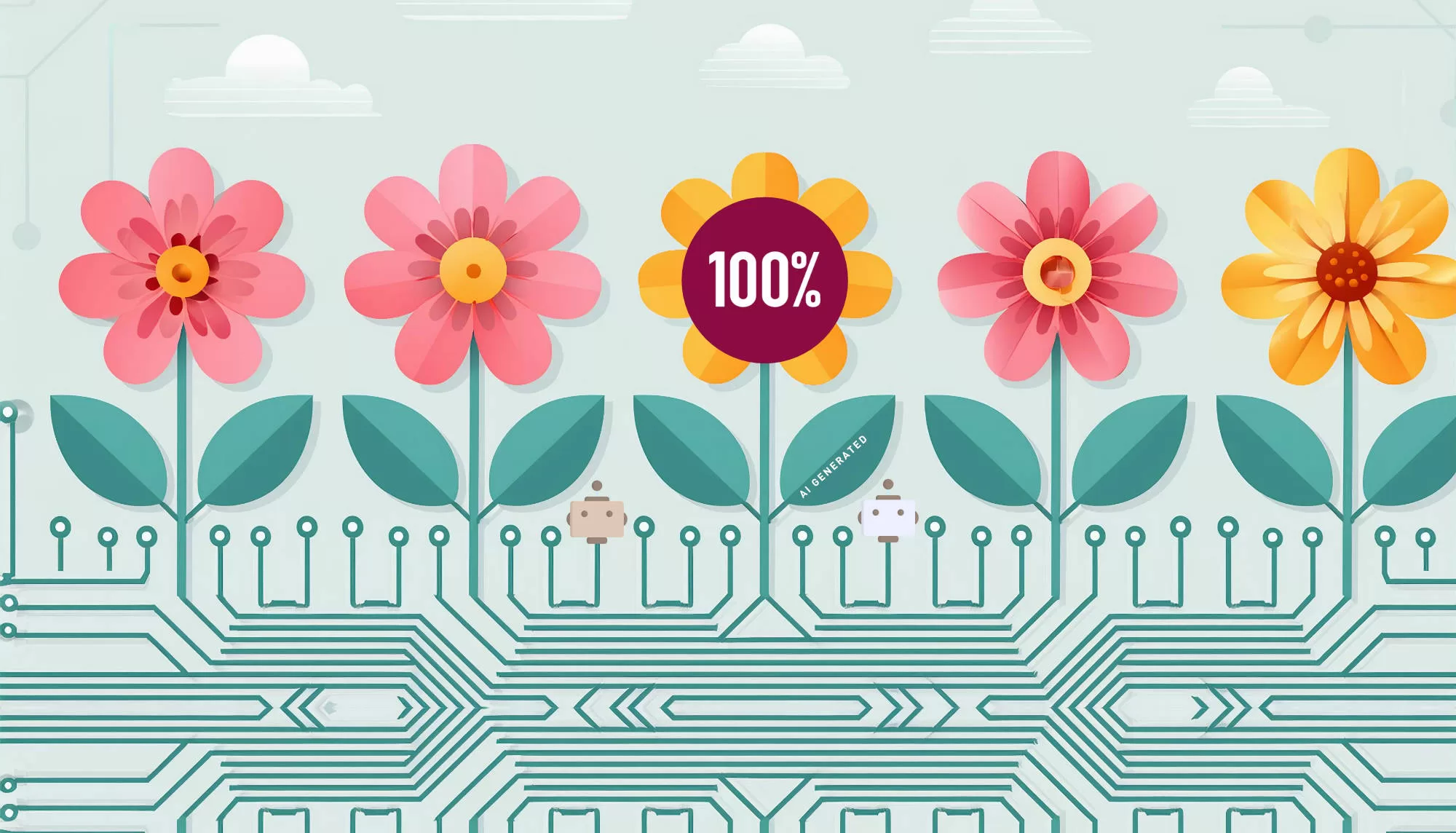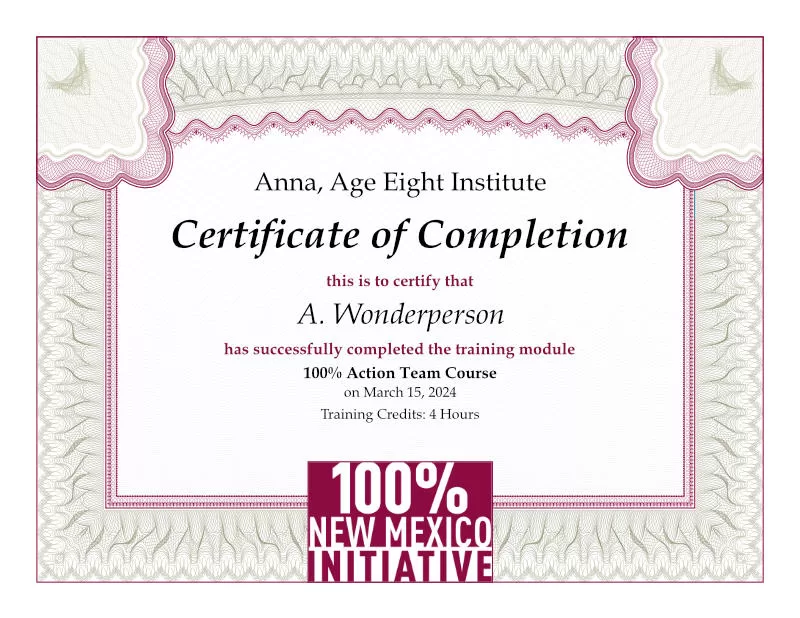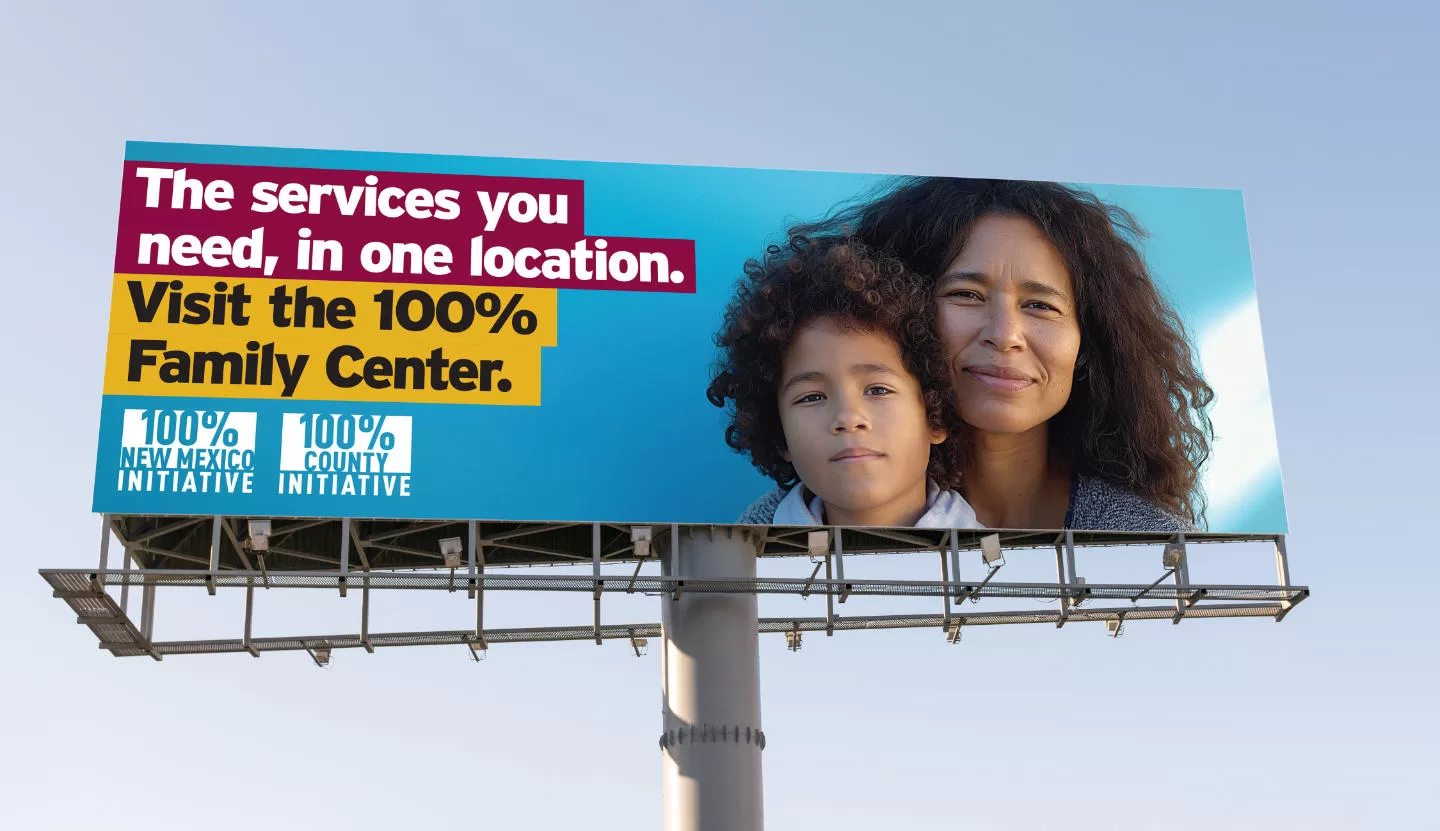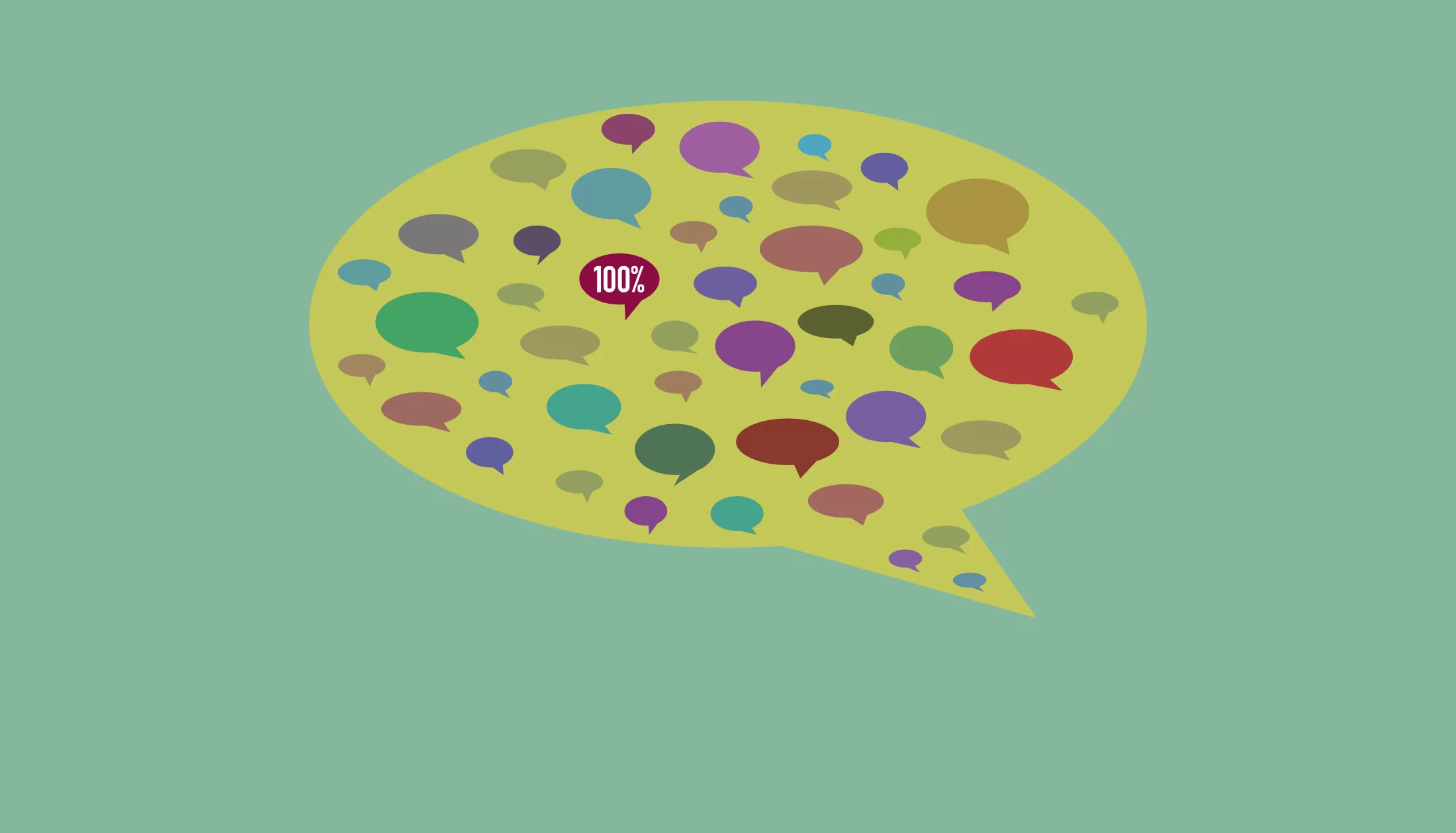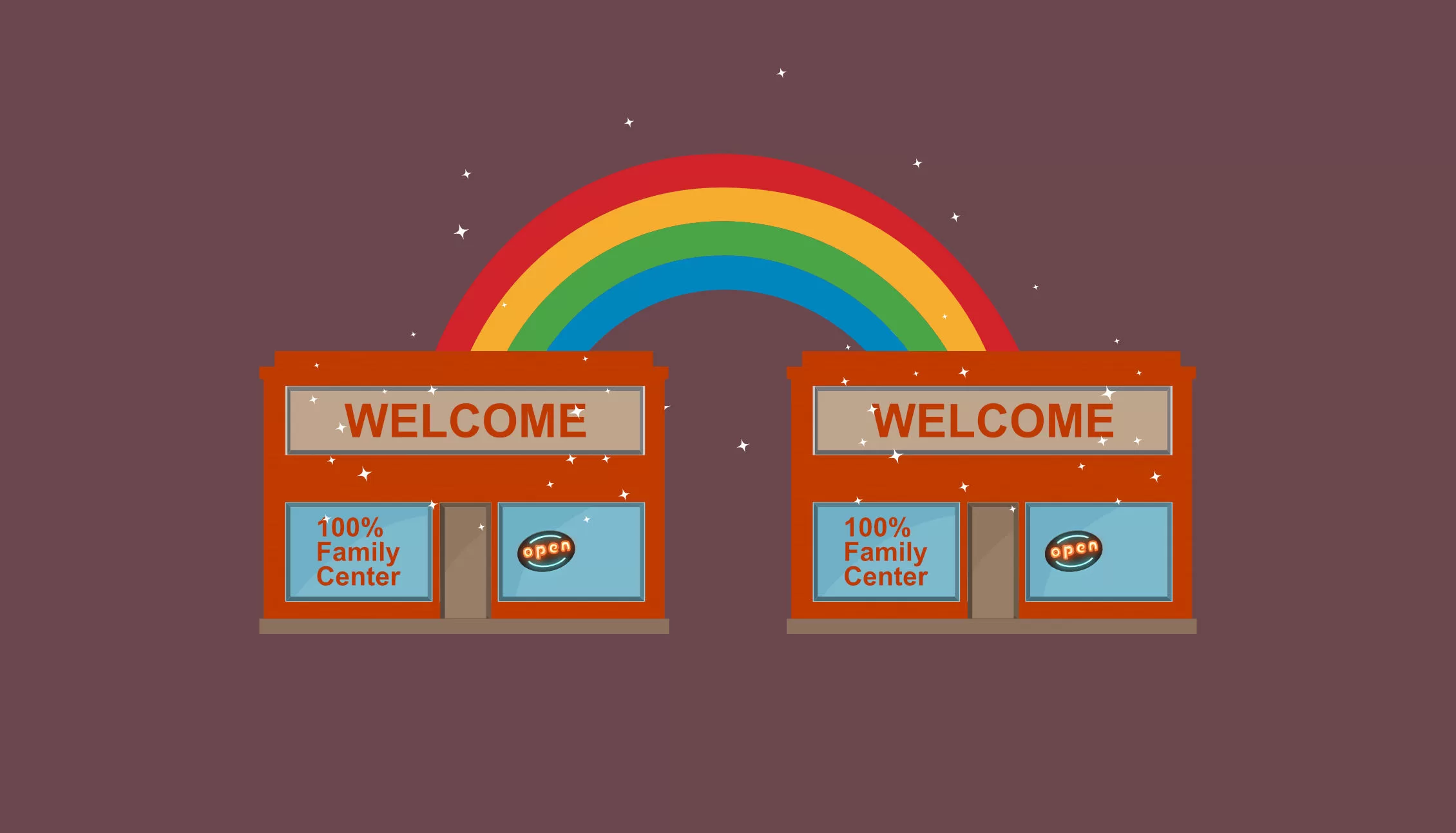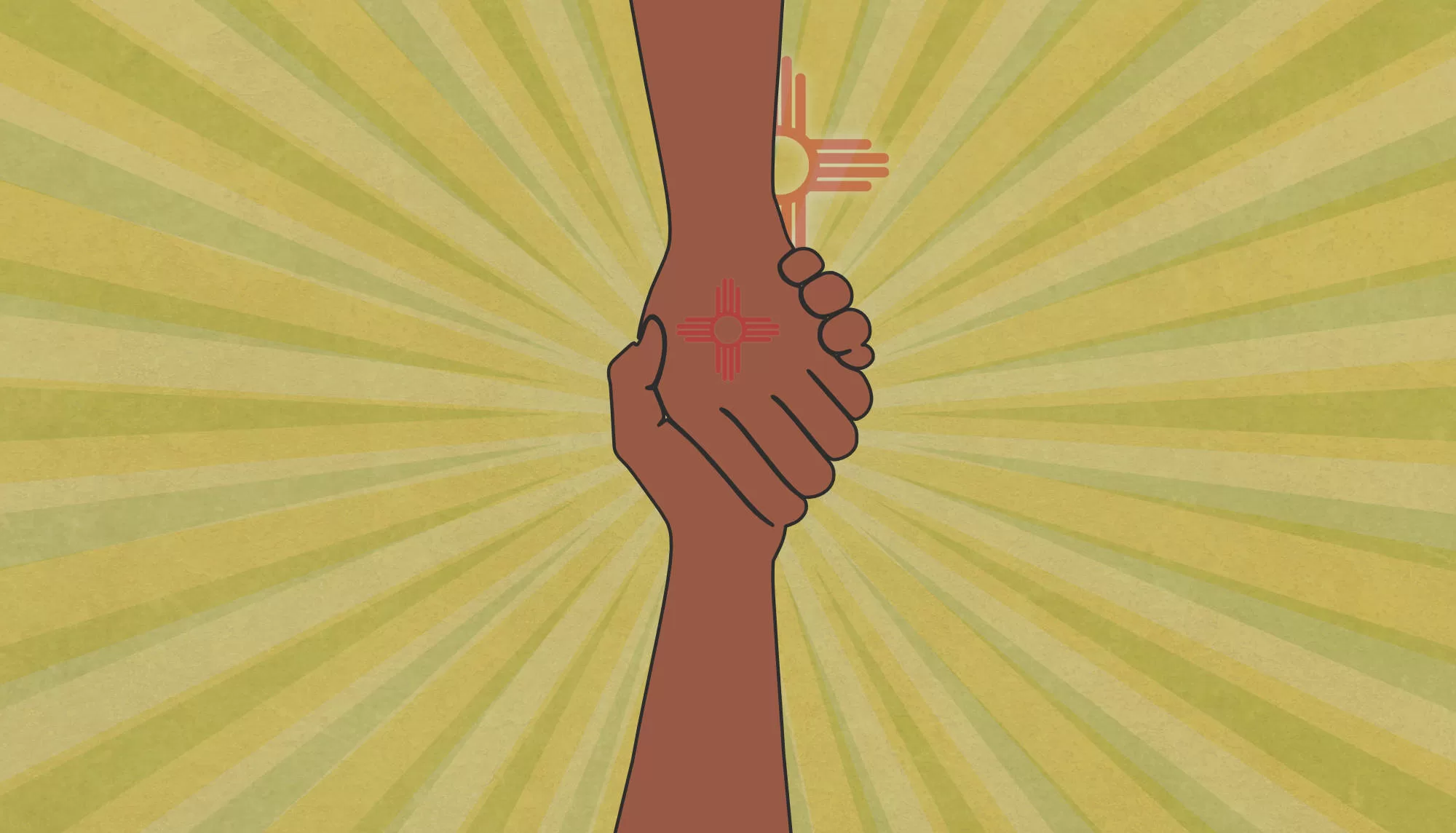Fast-Tracking toward a Future Where 100% Can Thrive
The velocity of change is startling, disruptive, and provides an opportunity to transform society in positive ways.
“Fast-Tracking Toward a Future Where 100% Can Thrive” emphasizes not only the rapid progress towards a better world, but also the idea of creating an inclusive and equitable future where everyone has the opportunity to thrive. The phrase “100%” reinforces the idea that this progress is meant for all, not just a select few. This article is focused on leaders and change agents using our rapidly evolving technology to create a positive, forward-looking society where we take care of one another.
A History Lesson
We modern humans, homo sapiens, have existed on Earth for approximately 200,000 to 300,000 years. The progression of societal evolution can be categorized into various ages, each characterized by significant technological advancements and shifts in the way humans interact with the world. The five phases are:
Hunter/Gatherer Age: This era is marked by the earliest human societies, which were primarily nomadic and relied on hunting and gathering food from the natural environment.
Agrarian Age: Also known as the Agricultural Age, this period saw the development of agriculture and the domestication of animals, leading to the formation of settled communities and societies.
Industrial Age: Driven by the invention of machines and the harnessing of power sources like steam and electricity, the Industrial Age brought about mass production and urbanization, significantly altering the way people lived and worked.
Information Age: Also referred to as the Computer Age or Digital Age, this era is marked by the development of digital technologies, telecommunications, and the internet, which have revolutionized the way we process, share, and consume information.
Hold onto your hats (and laptops) for the next age.
AI Singularity Age: This hypothetical future era envisions the development of artificial intelligence surpassing human intelligence, leading to exponential growth in technological capabilities and fundamentally transforming society.
It’s important to note that these broad categorizations may overlap in some aspects, as technological progress and societal change are often interrelated and continuous processes. That said, this is a global overview of human development on the verge of the next big step forward.
What the heck does AI singularity mean?
The simplest description of AI singularity is the hypothetical future point in time when artificial intelligence becomes more capable and intelligent than humans, resulting in unprecedented technological progress that could rapidly and drastically transform society in ways we can’t fully predict. This concept is often associated with the idea of machines being capable of self-improvement, leading to an exponential increase in their capabilities. Remember that “hypothetical” is something that is imagined, supposed, or proposed as a possibility, but not necessarily real or proven. Also note that there are those in the fields of AI that say we are already entering this new AI singularity era.
Might AI coupled with robotics replace human jobs?
Why might humans worry about this new proposed AI-infused era? The combination of AI and robotics has the potential to replace human workers in many industries, as machines become more capable of performing tasks that were previously only possible for humans (or simply do them more cost-effectively). This could lead to increased automation and the displacement of certain types of jobs, particularly those that involve repetitive tasks, manual labor, or data analysis. Fast food, retail, manufacturing, warehousing, and even bureaucratic government jobs may go the way of the steam engine. However, it’s important to note that while some jobs may become obsolete, new jobs may also be created in fields that focus on managing, maintaining, and developing AI and robotics technologies. Additionally, the hope is that these advancements will allow humans to shift their focus toward more creative, complex, and empathetic tasks that are less easily automated.
We humans have an opportunity here
While some jobs may be replaced by AI and robotics, government bodies at all levels can play a crucial role in creating new jobs that contribute positively to society. By investing in sectors such as healthcare, education, and social services, as well as providing tax incentives for employing humans, governments can not only mitigate the impact of job displacement but also strengthen the foundation of a thriving community. This could involve providing resources and incentives for individuals to pursue careers as healthcare providers, teachers, and social workers, which are professions that require empathy, creativity, and problem-solving skills that are difficult to automate. Ultimately, this shift towards a more human-centric workforce could lead to a healthier, more educated, and more equitable society.
Visionary leaders step up
Avoiding disruption in work due to AI requires leaders who are committed to investing in their people and promoting a high quality of life for everyone. This vision of a thriving society where 100% can succeed is achievable with the guidance of forward-thinking, compassionate leaders who harness the power of AI to create a world centered on altruism and shared prosperity. By championing this approach, we could usher in what might be called the “AI and Altruistic Age,” where technology is used not just to drive efficiency but also to improve the well-being of all.
Questions? Ask us (humans) at annaageeight@nmsu.edu, or ask AI at Pi, ChatGPT or Perplexity.
Did you know? Our transformational 100% New Mexico initiative is guided by web-based, self-paced courses provided free to all New Mexicans.

Don’t miss a blog post! Get notified!
The 100% New Mexico initiative is a program of the Anna, Age Eight Institute at New Mexico State University, College of Agricultural, Consumer and Environmental Sciences, Cooperative Extension Service. Contact: annaageeight@nmsu.edu or visit annaageeight.nmsu.edu to learn more.
